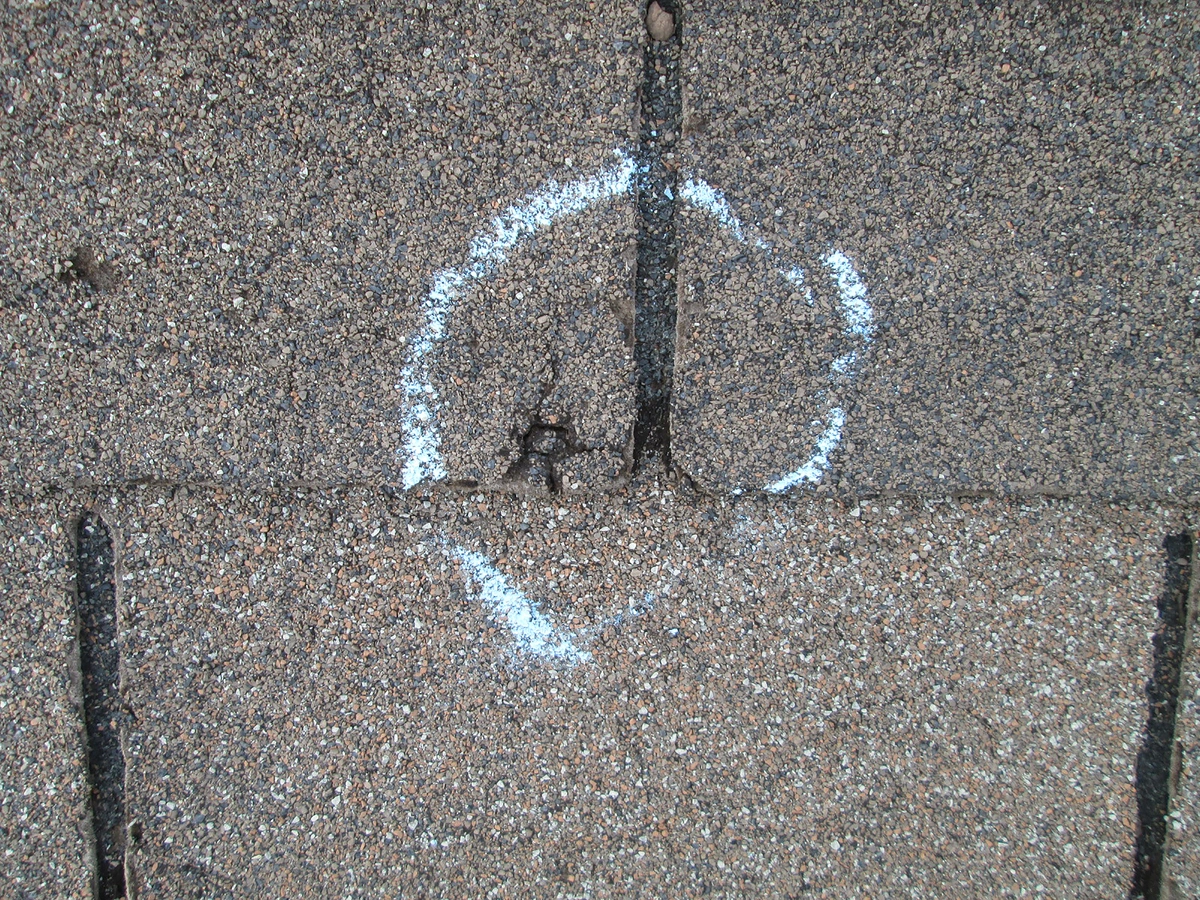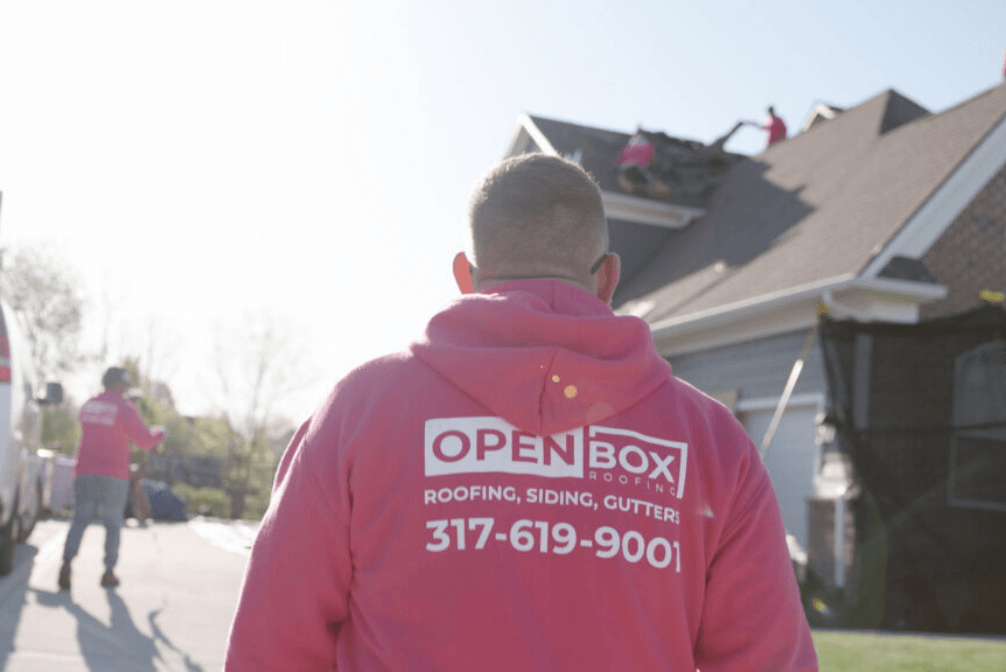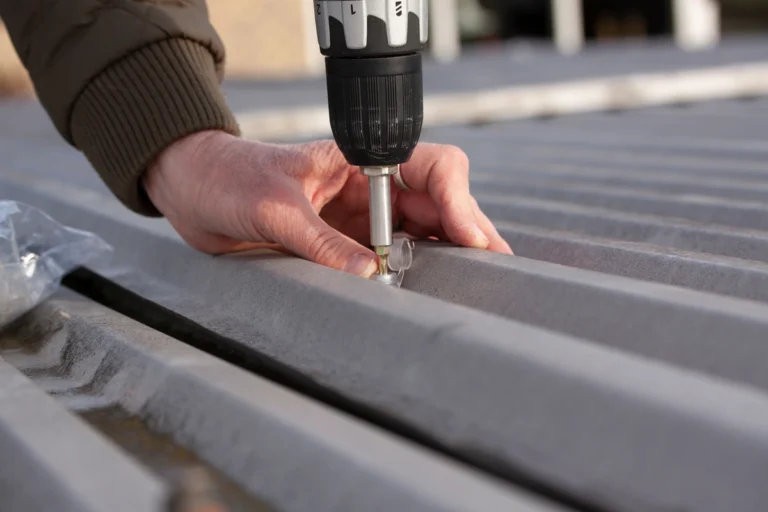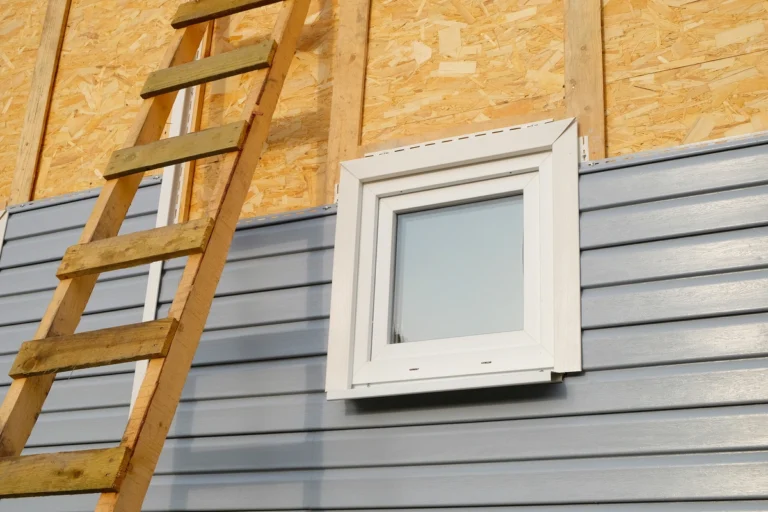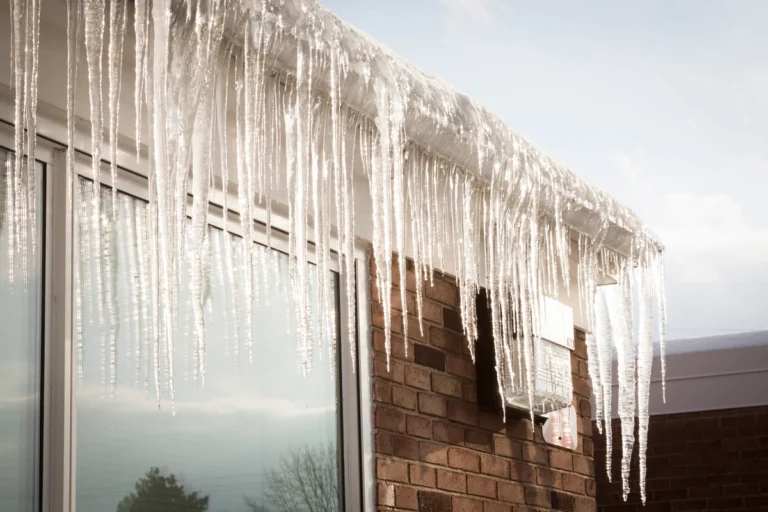When nature unleashes its fury, roofs often bear the brunt of the assault. From fierce winds to pounding hail and relentless rain, storms can wreak havoc on even the sturdiest of roofs.
In the aftermath, it is crucial to understand:
- The types of damage incurred
- The repair process
- The importance of professional intervention to get roof damage repaired
In this guide, we’ll delve into the realm of storm damage roof repair, equipping homeowners with the knowledge needed to navigate the restoration journey seamlessly.
Types of Storm Damage
Storm damage can come in all sorts of forms, including:
- Wind Damage: High winds can cause shingles to lift, curl, or even detach entirely. Additionally, strong gusts may lead to debris impact, resulting in dents, cracks, or punctures on the roof surface.
- Hail Damage: Hailstones can range from small pellets to large chunks of ice, leaving behind an array of destruction. Dents, dings, and granule loss on shingles are common signs of hail damage.
- Water Damage: Persistent rain and flooding can compromise the integrity of the roof, leading to leaks, rot, and mold growth. Poorly sealed or damaged flashing exacerbates water infiltration issues.
- Fallen Debris: Branches, tree limbs, or even entire trees can fall onto roofs during storms, causing structural damage, punctures, and dislodged shingles.
Recognizing Storm Damage on Your Roof
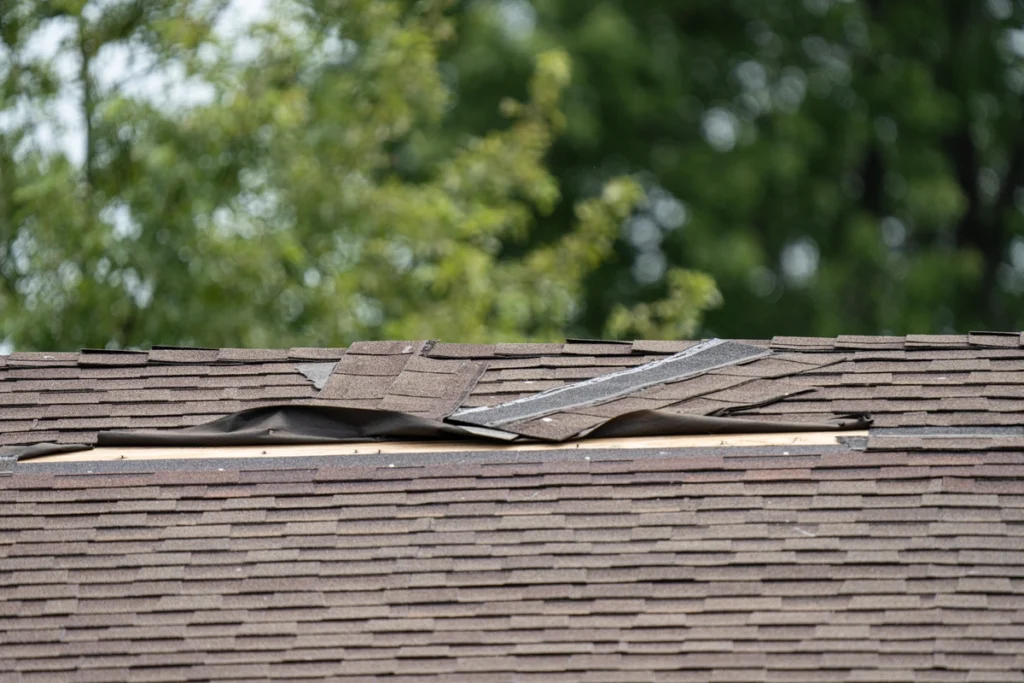
Inspecting your roof post-storm is imperative to identify any signs of damage promptly. Look for:
- Missing, cracked, or curled shingles
- Dents, dimples, or cracks on shingle surfaces
- Water stains or dampness on ceilings and walls
- Loose or damaged flashing around vents, chimneys, and skylights
- Debris accumulation or visible structural damage
Repairing Roof Damage in 6 Steps
While minor repairs such as replacing a few shingles or sealing small leaks can be DIY endeavors, extensive damage warrants professional intervention. Steps for roof repair may include:
1) Assessment 📝
A thorough inspection by a qualified roofing contractor to assess the extent of damage and determine the most suitable repair approach.
2) Temporary Fixes 🔨
Immediate measures like tarping or patching to prevent further water infiltration and protect the interior of the home.
3) Shingle Replacement 🧰
Removal and replacement of damaged or missing shingles, ensuring proper alignment and sealing to prevent future leaks.
4) Flashing Repair ⚒️
Repair or replacement of damaged flashing to prevent water intrusion at vulnerable areas.
5) Structural Repairs 🏚️
Addressing any underlying structural damage, such as warped decking or compromised support beams.
6) Waterproofing 💧
Application of waterproofing materials or coatings to enhance the roof’s resilience against future storms.
Why You Should Hire a Professional Roofing Contractor
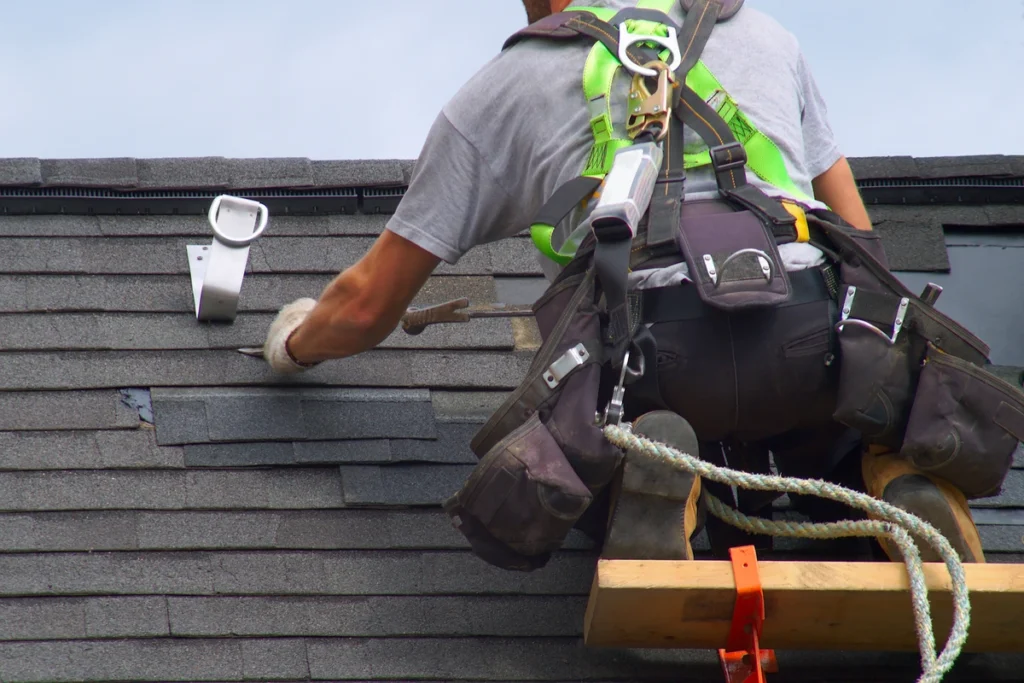
While the temptation to undertake roof repairs independently may arise, entrusting the task to professionals offers several benefits:
- Expertise: Qualified roofing contractors possess the knowledge, skills, and experience necessary to accurately assess damage and execute repairs effectively.
- Safety: Roof work can be hazardous, especially in the aftermath of a storm. Professionals are equipped with the proper safety gear and adhere to stringent safety protocols.
- Quality Assurance: Professional repairs ensure that issues are addressed comprehensively, minimizing the risk of future problems and prolonging the roof’s lifespan.
- Warranty Protection: Many roofing contractors offer warranties on their workmanship, providing added peace of mind and recourse in the event of post-repair issues.
Should You File An Insurance Claim?
Whether or not your insurance company will cover storm damage repairs depends on various factors, including your policy coverage, the cause and extent of damage, and deductible considerations.
Generally, homeowners’ insurance policies may cover storm-related damage, including roof repairs, if the cause is deemed sudden and accidental, such as wind or hail. However, coverage exclusions, limitations, and deductibles may apply, so it’s essential to review your policy details and consult with your insurance provider to understand your coverage fully.
Cost of Repairs
The cost of storm damage roof repairs varies depending on factors such as the extent of damage, roof type, materials required, and labor costs. Minor repairs, such as replacing a few shingles, may cost a few hundred dollars, while more extensive repairs or roof replacements can range from several thousand to tens of thousands of dollars.
Factors such as the need for structural repairs, material upgrades, and additional services like waterproofing or flashing replacement can influence overall costs. Obtaining multiple quotes from reputable roofing contractors and discussing financing options or insurance coverage can help homeowners navigate the financial aspect of roof repair effectively.
A Trusted Roofing Company for Your Home
Storm damage to your roof can be daunting, but with proactive inspection, prompt repairs, and the guidance of professional roofing contractors, the road to restoration becomes more manageable. By understanding the types of damage, recognizing warning signs, and investing in expert repairs, homeowners can safeguard their homes against the elements and ensure a sturdy, weather-resistant roof for years to come. Remember, when it comes to storm damage roof repair, swift action and professional expertise are key to weathering the storm successfully. That’s where Open Box Roofing comes in!
Contact us today to learn how we can help you handle roof storm damage.
